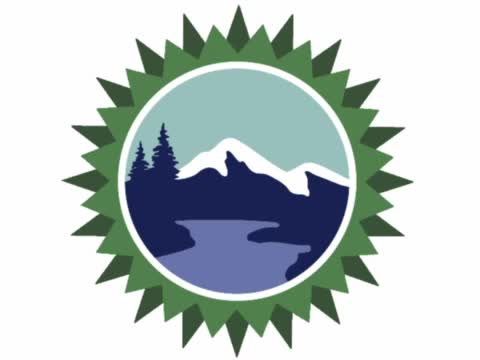Airborne Snow Observatory revolutionizes Colorado snowpack monitoring
June 11, 2024 | Grand County, Colorado

This article was created by AI summarizing key points discussed. AI makes mistakes, so for full details and context, please refer to the video of the full meeting. Please report any errors so we can fix them. Report an error »

In a recent government meeting, officials provided an extensive update on the Airborne Snow Observatory (ASO) and the Colorado Airborne Snow Measurement (CASM) program, highlighting their efforts to enhance snowpack monitoring and water forecasting in Colorado. The discussions centered around the challenges of accurately measuring snowpack, particularly in complex terrains where traditional SNOTEL sites fall short.
Jeff, a key presenter, emphasized the importance of the ASO, which utilizes aircraft equipped with remote sensing instruments to gather data on snow depth and water equivalent. This method aims to address the vulnerabilities of the SNOTEL network, which often underrepresents snowpack conditions, leading to inaccurate forecasts related to drought and flooding.
The meeting detailed three recent surveys conducted in March, April, and May, which successfully captured the evolution of the snowpack throughout the season. The data indicated that while lower elevations experienced significant snowmelt, higher elevations retained substantial snow, contributing to a robust water supply forecast for the upcoming months.
Officials also discussed the integration of ASO data into existing water forecasting models, including those used by the National Weather Service. This collaboration aims to improve the accuracy of runoff predictions, particularly in light of the increased snowpack observed this year compared to previous years.
The meeting concluded with a focus on the implications of these findings for water management in Colorado, particularly as summer storms could significantly impact runoff and reservoir levels. The officials expressed optimism about the enhanced forecasting capabilities provided by the ASO and CASM programs, which are expected to play a crucial role in managing Colorado's water resources effectively.
Jeff, a key presenter, emphasized the importance of the ASO, which utilizes aircraft equipped with remote sensing instruments to gather data on snow depth and water equivalent. This method aims to address the vulnerabilities of the SNOTEL network, which often underrepresents snowpack conditions, leading to inaccurate forecasts related to drought and flooding.
The meeting detailed three recent surveys conducted in March, April, and May, which successfully captured the evolution of the snowpack throughout the season. The data indicated that while lower elevations experienced significant snowmelt, higher elevations retained substantial snow, contributing to a robust water supply forecast for the upcoming months.
Officials also discussed the integration of ASO data into existing water forecasting models, including those used by the National Weather Service. This collaboration aims to improve the accuracy of runoff predictions, particularly in light of the increased snowpack observed this year compared to previous years.
The meeting concluded with a focus on the implications of these findings for water management in Colorado, particularly as summer storms could significantly impact runoff and reservoir levels. The officials expressed optimism about the enhanced forecasting capabilities provided by the ASO and CASM programs, which are expected to play a crucial role in managing Colorado's water resources effectively.
View full meeting
This article is based on a recent meeting—watch the full video and explore the complete transcript for deeper insights into the discussion.
View full meeting
